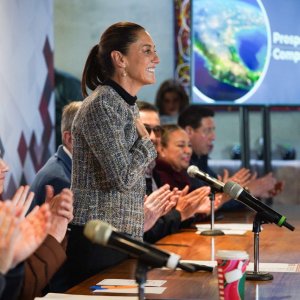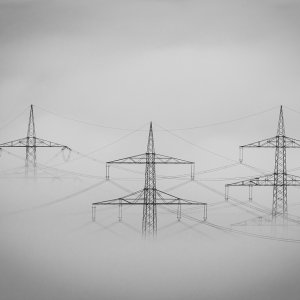Solar Power Widens Its Residential Footprint

STORY INLINE POST
INEGI’s latest statistics taken from its intercensal poll show that in 2015 Mexico had 32 million inhabited houses, of which only 0.5 percent used a PV system. Technological developments and the tariffs reached in the long-term electricity auctions have allowed solar energy to go headto-head with fossil fuel-powered systems but hurdles are keeping the renewable source from increasing its residential footprint.
“We now have three interconnection models from which we can offer distributed generation: net metering, net billing and wholesale. The last two are attractive options, but as they stand, very few contracts have been signed under these schemes,” says Rodrigo Pantoja, Director General of Greentech Ingeniería Sustentable. “The main issue involves price uncertainty, as local marginal prices vary on an hourly basis. This fluctuation complicates the design of a long-term financial model aligned with these variations, especially considering that an interconnection contract can span the better part of 25 years.” Pantoja considers net metering to be the most viable option in terms of certainty, particularly because the electricity system’s capacity has been increased for inclusion in the net metering model. “Before, domestic high consumption and commercial tariffs were capped at 30kW of electric capacity. Now, those have increased to 50kW,” he explains.
PV power must also overcome skepticism regarding its long-term performance. In addition to the sizable investment required and the long ROI period, the system has not been on the Mexican market long enough to make a case for the durability and reliability of the modules. To tackle these issues and build a solid business model, Greentech Ingeniería Sustentable is undertaking several
PV solar-power projects with architectural applications. “We are placing ourselves at the forefront of Building Integrated Photovoltaics (BIPV) in Mexico City,” says Pantoja. This innovative model was made possible in 2012 by the publication in Mexico’s Official Federal Journal of a law related to the Collective Contract Model for Residential and Commercial Systems. “We are the first company to install an operating and functional PV collective system in our Mexico City housing project, covering 24 apartments plus shared areas.” One of the complications Greentech Ingeniería Sustentable faced in this undertaking was rooted in the automation of CFE. “Our interactions with CFE and the need to identify the key parties that had to be involved to ensure the development’s success was a big part of our project,” Pantoja says. The solar company’s thorough assimilation of the new regulatory framework provided the tools to pave the way for the project’s favorable outcome.
CFE’s amparo against CRE had the potential to make more than just a dent in the interconnection of PV systems to the electricity system. “While some companies have seen clients pause investments in renewable energy projects, the overall impact is not significant from a business point of view,” Pantoja says. He points out that ANES has supported Greentech and the rest of the associations’ partners by establishing a dialogue with CFE and assessing the possible ramifications of this legal process. “ANES’ feedback was reassuring; the overall conclusion of their discussion with CFE was that the solar business can keep moving forward. In our particular case, we closed contracts after the amparo was initiated without any issue, including grid interconnection.” The remaining challenges have not dampened Greentech Ingeniería Sustentable’s expansion ambitions. “We have installed PV systems for the commercial sector and participated in bids from industrial players wanting to implement solar-powered solutions.”
Applying PV systems to Mexico’s industrial sector is not yet economically viable as electricity tariffs for this particular segment imply a long ROI after the initial investment. “The users under the high-consumption domestic tariff remain the most interested parties because the tariff is considerably higher. We are developing a series of strategies to make the most of the market’s tremendous growth in Mexico,” says Pantoja. The market’s dynamism demands the design of adaptive and effective strategies. We are confident that there are bright days ahead for distributed generation in Mexico as PV solar systems become increasingly costeffective,” he adds.






















